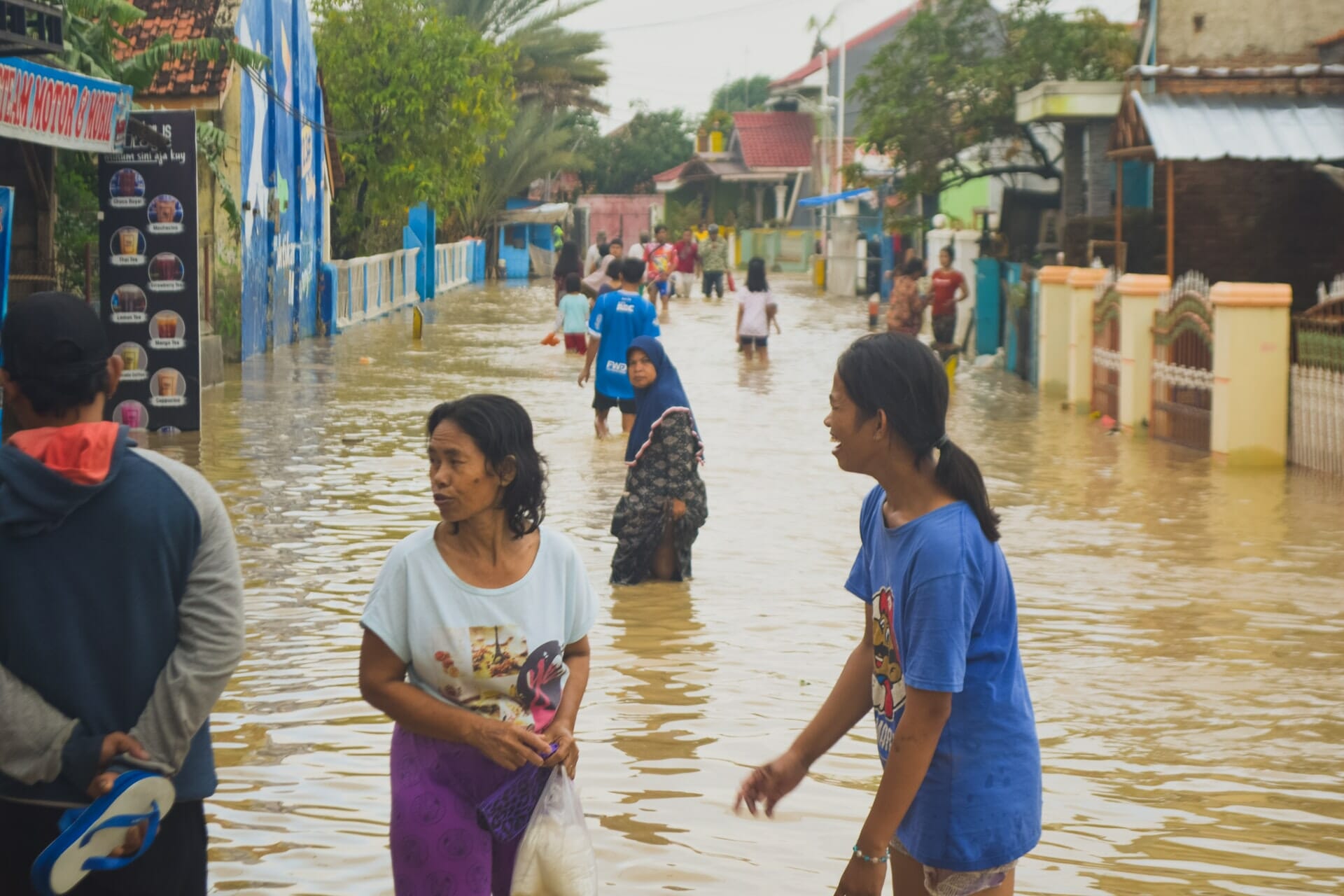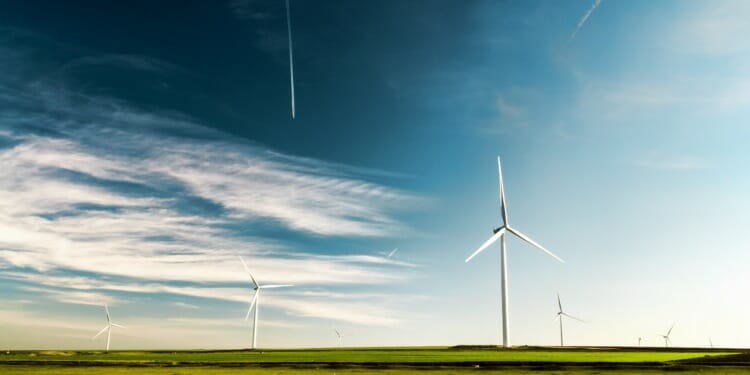A report published by Deloitte Economic Institute, “The Turning Point”, has found that climate change inaction would negatively impact economic growth in the Asia Pacific region. They believe Asia could become a pioneer in demonstrating the value of climate change mitigation and show the benefits of decarbonisation to the rest of the world. This could save the region $7.5 trillion in GDP loss.
There are just a few days left before COP26 begins where world leaders will unite and come together in a bid to accelerate action towards the goals of the Paris Agreement and the UN Framework Convention on Climate Change.
The sense of urgency to manage and halt climate change is now unquestionable. In August 2021, the United Nations Intergovernmental Panel on Climate Change (IPCC) released a report confirming the earth has warmed two degrees Celsius since the nineteenth century. This phenomenon has left communities worldwide exposed to a climate emergency unfolding faster than predicted.
But for years, climate change was considered intangible, and although the short- and long-term ramifications caused by hurricanes, droughts and floods were noticeable, these were consistently considered as ‘natural’. It has misled humans to think the devastating results produced by these disasters were inevitable and out of our control, rather than induced by long-standing human activity.

The IPCC report makes clear that many characteristics of climate change directly depend on the level of global warming, exacerbated by years of greenhouse gas emissions diffused by the top economies of the world.
Climate change has devastated our environment. It will also have a significant impact on global economies, as countries across the globe face a growing threat.
A report published by Deloitte Economics Institute, “The Turning Point,” points out that the problem does not stop at the physical level. It shows that financial effects are happening too, and that inaction on climate change will negatively impact economic growth in the future. Whilst transitioning towards low-emission energy and economy may be costly now, they are nothing compared to the cost of economic loss that would result from enduring global warming.
They argue for countries and entire industries within the Asian Pacific region to undergo fundamental transformations of their business models, towards rapid decarbonisation.
The cost of inaction on climate change
The report highlights several high costs that result from inaction on climate change. In sum, these include:
- Increased incidence of mortality and morbidity as a result of climate change, disrupting living standards and the lives of the working people
- A loss of productive land through rising sea levels, and a reduced level of productive activity on the land
- Loss of tourism and international money circulating in economies negatively impacts business, jobs, and livelihoods
- Climate change inaction limits what farmers can do, with significant variations in crop yields damaging the agricultural sector’s output
- The economies also suffer as investment is focused on repair and maintenance of existing assets instead of contributing to new, more productive capital better adapted to climate change.
Furthermore, the report found that by 2050, with global warming exceeding two degrees Celsius, GDP in Asia Pacific alone would be more than 5.5% lower than if global warming was halted.
If global warming continues to increase, the losses will encompass 8% of the region’s GDP by 2060, that is $7.5 trillion in GDP loss.
What is most concerning, is that projections of economic growth that to this day are most generally used still do not account for the high costs and consequences of climate change. They tend to assume that economies will grow according to a “business as usual”, unaffected by global warming.
THE ECONOMIC GAINS OF RAPID DECARBONISATION
Deloitte Economics Institute has created models that show that rapid decarbonisation can reverse the tide. They argue the short-term costs of this reversal to be high, but the numbers demonstrate it is nothing compared to the high cost of climate change inaction. Particularly, they demonstrate that such a move could add about $47 trillion in present value terms for Asia Pacific by 2070, and the region’s GDP would be 7.5% higher than it would without climate action.
Related Articles: Health Is Wealth – and Sustainable Development | 7 Things to Know About Renewable Natural Gas
It sets out a guide on how to rapidly decarbonise the Asian Pacific region. Hoping that taking such steps could help open the world to the benefits of the decarbonisation process, positioning the region as a beacon of success and knowledge.

Several countries, mainly those with the greatest carbon emissions, have already commenced to decarbonise.
In 2020, China opened the second largest solar farm in the world with a capacity of 2.2 gigawatts – enough to power 1 500 000 homes.
India has also followed suit, already home to the largest solar park, it is expected to operationalise the biggest floating solar power plant in 2021.
Whilst South Korea has unveiled plans to construct the world’s largest offshore wind farm, with a maximum capacity of 8.2 gigawatts by 2030, and aims to become the world’s largest producer of hydrogen-powered vehicles and fuel cells.
The report does provide an opportunity for Asia to demonstrate the value of climate change mitigation and the benefits of decarbonisation to the world. For some observers, however, it remains questionable whether economic growth and sustainable development can always be compatible. In the short-run, decarbonisation will undeniably help reduce overall greenhouse gas emissions into the atmosphere. But this leaves unanswered the question whether infinite growth on a finite planet is really possible.
Editor’s Note: The opinions expressed here by Impakter.com columnists are their own, not those of Impakter.com. — In the Featured Photo: Wind Turbines in Landscape, initiation to act against climate change. Featured Photo Credit: Arteum.ro









